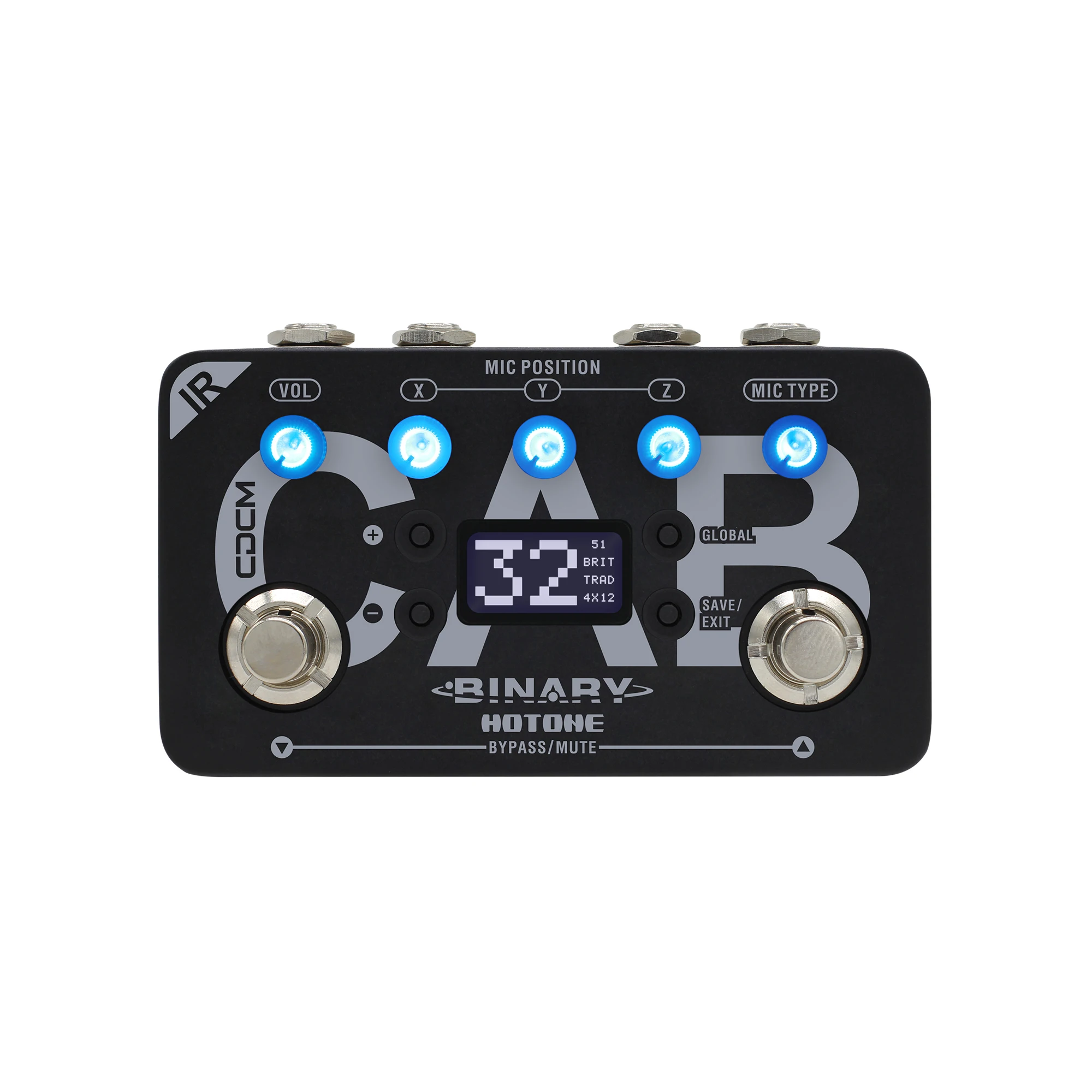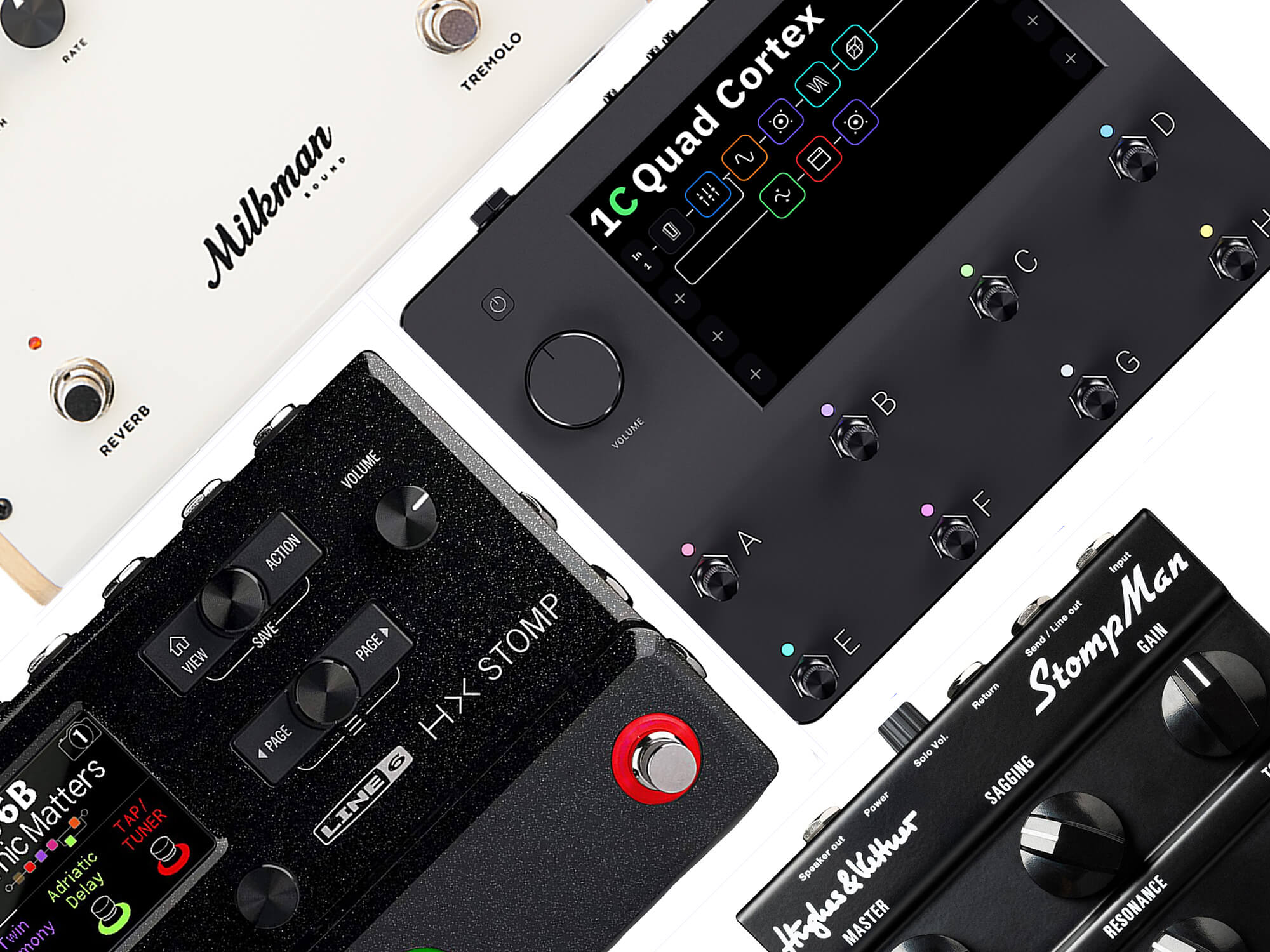Top 5 Cabinet Simulator Pedals

Cabinet simulator pedals offer guitarists a versatile and convenient way to shape their tone, eliminating the need for bulky amplifiers and cabinets during recording or practice. This allows for easy experimentation with different sounds and reduces the logistical challenges associated with transporting large amplification setups. This review will compare five leading cabinet simulator pedals, examining their features, strengths, and weaknesses.
Top 5 Cabinet Simulator Pedals: A Detailed Comparison
The following table provides a concise overview of five highly-regarded cabinet simulator pedals. Each pedal offers a unique approach to tone shaping and emulation, catering to various playing styles and preferences. The strengths and weaknesses are based on a combination of technical specifications, user reviews, and professional audio assessments.
| Pedal Name | Key Features | Strengths | Weaknesses |
|---|---|---|---|
| Two Notes Torpedo Captor X | Load box, impulse response loading, extensive cab modeling, microphone placement simulation. | Highly realistic cab emulation, versatile features, professional-grade sound quality. Users praise its ability to accurately capture the nuances of various amplifiers and cabinets. | High price point, complex interface may require a learning curve. |
| Universal Audio OX Amp Top Box | Load box functionality, extensive impulse response library, high-quality A/D and D/A conversion. | Exceptional sound quality, integration with UAD plugin ecosystem, robust build quality. Many users cite its exceptional clarity and dynamic response. | High price point, requires a computer for full functionality (although it can function standalone). |
| Line 6 Helix Native/Hardware | Extensive amp and cabinet modeling, flexible routing options, powerful effects processing. | Vast library of amp and cab models, intuitive interface (hardware), powerful effects section, affordability relative to others. Known for its user-friendly interface and extensive modeling options. | Can sound somewhat sterile at times depending on settings, the sheer number of options can be overwhelming for beginners. |
| Positive Grid Bias FX 2 (Software/Hardware) | Amp and cabinet modeling, extensive effects library, user-friendly interface. | Highly versatile, large selection of models, affordable price point (software version), intuitive interface. Popular for its extensive range of amp and cabinet emulations. | Software version requires a computer, hardware requires separate interface. Some users report that high gain tones can lack definition. |
| Neural DSP Archetype series (Software) | Amp modeling focused on specific amplifier types (e.g., Plexi, Mesa Boogie), high-quality impulse responses. | Exceptional accuracy in emulating specific amplifiers, highly detailed and nuanced tones, relatively affordable. Highly regarded for its authentic amp emulations. | Software only, requires a computer and audio interface. Fewer features than all-in-one solutions. |
Sonic Characteristics and Amp Type Emulation
Each pedal emulates different amplifier types with varying degrees of success. The Two Notes Torpedo Captor X, for instance, excels at capturing the nuances of a Fender Twin Reverb’s clean headroom and shimmering highs, as well as the aggressive crunch of a Marshall Plexi. The Universal Audio OX Amp Top Box similarly provides high-fidelity emulations across a wide range of amplifiers, accurately representing the dynamic response of various tube amps. Positive Grid Bias FX 2 and Line 6 Helix offer a broader range of emulations, including various Fender, Marshall, and Mesa Boogie models, but with varying degrees of accuracy depending on the specific model selected. Neural DSP’s Archetype series focuses on highly accurate emulations of specific amplifiers, often achieving remarkable realism. For example, the Archetype: Nolly accurately captures the signature tone of John Petrucci’s Mesa/Boogie amps.
User Reviews and Testimonials
Numerous user reviews across online forums and professional audio publications support the analysis presented. For example, many users praise the Two Notes Torpedo Captor X for its exceptional realism and versatility, while others note the complexity of its interface. Similarly, the Universal Audio OX Amp Top Box receives consistent acclaim for its pristine sound quality, but its price point remains a barrier for some. Line 6 Helix and Positive Grid Bias FX 2 are frequently lauded for their user-friendliness and extensive model selection, although some users find certain models less convincing than others. Neural DSP Archetype plugins are consistently praised for their accurate amp modeling, but are limited by their software-only nature. These reviews reflect a consensus view, but individual experiences may vary depending on factors such as personal preferences and setup.
Exploring Different Types of Cabinet Simulation Technology

Cabinet simulator pedals offer guitarists a versatile way to emulate the sound of various amplifier cabinets without the need for bulky and expensive equipment. These pedals achieve this emulation through a variety of sophisticated technologies, each with its own strengths and weaknesses. Understanding these technologies is crucial for choosing a pedal that best suits individual playing styles and tonal preferences.
Best cabinet simulator pedal – Cabinet simulation pedals utilize different approaches to recreate the sonic characteristics of a guitar cabinet. These methods involve complex signal processing techniques to capture and reproduce the nuances of speaker cones, cabinet resonances, and microphone placement.
Impulse Response (IR) Loading
Impulse response (IR) loading is a prevalent technology in high-end cabinet simulators. An IR is a digital representation of a cabinet’s acoustic response to a short, sharp input signal. High-quality IRs are meticulously captured using advanced measurement techniques, often in professionally designed acoustic spaces. The pedal then convolves (mathematically combines) this IR with the guitar signal, effectively “placing” the guitar’s sound within the virtual cabinet.
- Accuracy: IR loading offers exceptional accuracy in replicating the sonic characteristics of real cabinets. The detail captured in a high-quality IR can be astonishing.
- Versatility: Users can load numerous IRs, allowing for a wide range of tonal possibilities. This provides access to a vast library of cabinet and microphone combinations.
- Storage Requirements: IRs can be large files, requiring significant storage capacity on the pedal or external device.
Digital Modeling
Digital modeling uses algorithms to simulate the physical components of a guitar amplifier and cabinet. These algorithms model the behavior of speakers, transformers, and the cabinet’s enclosure, attempting to recreate the sound based on mathematical equations. This differs from IR loading, which relies on a direct recording of the cabinet’s response.
- Flexibility: Modeling allows for manipulation of parameters not directly accessible in real cabinets, such as speaker cone material or cabinet construction. This can lead to unique and innovative sounds.
- Computational Demand: Accurate modeling can be computationally intensive, requiring powerful processing power within the pedal.
- Accuracy vs. Real-World: While advanced modeling techniques achieve impressive results, they may not always perfectly capture the subtle nuances of a real cabinet.
Digital Signal Processing (DSP)
Digital signal processing is the underlying technology that enables both IR loading and digital modeling. DSP involves manipulating the digital audio signal using various algorithms and filters. In cabinet simulation, DSP is used to apply the IR or the modeled cabinet response to the incoming guitar signal. The quality of the DSP significantly impacts the overall sound quality and processing latency.
- Latency: DSP introduces a small delay, known as latency, into the signal path. High-quality DSP aims to minimize this latency to an imperceptible level.
- Processing Power: The complexity of the DSP algorithms affects the processing power required by the pedal. More sophisticated algorithms demand more processing power.
- Effects Integration: Many pedals integrate DSP with other effects, allowing for complex signal chains and creative sound design.
Signal Path in a Typical Cabinet Simulator Pedal
The following flowchart illustrates a simplified signal path:
Flowchart:
Input Jack —> Preamp (optional) —> A/D Converter —> DSP Engine (IR Loading/Modeling) —> D/A Converter —> Output Jack
The input signal enters the pedal, optionally passes through a preamp stage for gain boosting, is converted to a digital signal (A/D), processed by the DSP engine which applies the cabinet simulation, then converted back to an analog signal (D/A) before exiting the pedal.
Sound Quality and Versatility Comparison
IR loading generally offers the highest fidelity and accuracy, closely replicating the sound of real cabinets. Digital modeling offers greater flexibility in manipulating parameters but may not achieve the same level of realism. The overall sound quality depends heavily on the quality of the IRs, the sophistication of the modeling algorithms, and the power of the DSP engine. Versatility is largely determined by the number of available IRs or models and the control options provided by the pedal.
Factors to Consider When Choosing a Cabinet Simulator Pedal: Best Cabinet Simulator Pedal

Selecting the right cabinet simulator pedal involves careful consideration of several key factors. The ideal pedal will depend on your individual needs, existing equipment, and budget. A thorough evaluation will ensure a seamless integration into your existing signal chain and deliver the desired tonal characteristics.
Decision Tree for Cabinet Simulator Pedal Selection, Best cabinet simulator pedal
The process of choosing a cabinet simulator can be simplified using a decision tree. First, assess your budget. If budget is limited, focus on pedals offering core features and good value. If budget is less of a concern, explore higher-end models with advanced features and greater flexibility. Next, define your desired tone. Do you need a specific cabinet emulation (e.g., a vintage Marshall 4×12)? Or do you require a wider range of options? Finally, consider compatibility with your existing amplifier and effects. Ensure the pedal integrates seamlessly with your current setup. This decision tree helps navigate the options effectively.
Key Features of High-Quality Cabinet Simulators
High-quality cabinet simulator pedals typically include several essential features. Adjustable parameters such as impulse response selection, microphone placement simulation, and equalization controls allow for fine-tuning of the simulated cabinet sound. Multiple cabinet models offer versatility, allowing for experimentation with various tones. A low noise floor is crucial for maintaining signal clarity, especially in quieter passages or with high-gain amplifiers. Other desirable features include built-in effects loops, MIDI control for preset management, and high-quality digital-to-analog converters (DACs) for superior audio fidelity.
Pedal Integration with Amplifiers and Effects Units
The successful integration of a cabinet simulator pedal hinges on its compatibility with your existing gear.
- Amplifier Compatibility: Consider the impedance matching capabilities of the pedal. Some pedals offer multiple impedance settings to accommodate various amplifier inputs. Ensure your amplifier’s return/effects loop can handle the pedal’s output impedance. Incorrect impedance matching can lead to signal degradation or instability.
- Effects Unit Compatibility: The pedal’s placement within your effects chain can influence its performance. Experiment with different positions to determine the optimal placement. Some pedals work better before gain stages, while others may sound better after. Observe how the pedal interacts with other effects, such as overdrive, distortion, and reverb, to ensure a harmonious blend.
- Signal Chain Integration: Carefully consider the signal path and the overall impact of the cabinet simulator on your tone. It is crucial to understand how the pedal’s features interact with the other components in your signal chain. Experiment with different placements and settings to achieve the desired results. For instance, placing the cabinet simulator before an overdrive pedal will result in a different tone than placing it after.
